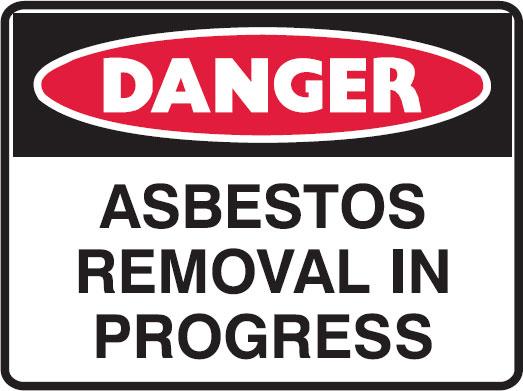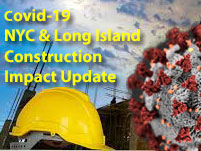Asbestos is a potentially lethal substance that was once used extensively in premises as an insulator and building material. Although this practice is now illegal there are still large amounts of asbestos in place in offices and workplaces.
Facilities managers who are responsible for the maintenance of buildings have legal duties concerning asbestos risk management.
Once you know that you have asbestos-containing materials (ACM) in your building, you need to manage those materials. Depending on the type and condition of the ACM, you may need to remove it, encapsulate it (seal it within a covering), or leave the ACM in place. Some ACM is friable, meaning it can easily crumble or fall apart and release airborne fibers. Other ACM is nonfriable and will not release fibers unless drilled, cut, sanded, or otherwise disturbed.
The treatment of ACM depends on the type of asbestos, its location and condition, and the activities that are expected to occur near the material. Most nonfriable ACM does not present a health risk if left intact, so you may elect to manage it in place until a building is renovated or demolished. Friable asbestos will normally be managed by encapsulation or removal.
Except in very limited situations, ACM must be removed by an accredited asbestos contractor. The removal process must be specified by an accredited asbestos abatement designer. These contractors and designers are trained and accredited yearly. A useful tool in managing and working with ACM is OSHA’s Asbestos Advisor 2.0. This software program can help you comply with the OSHA asbestos standard whether the work is custodial, maintenance, or abatement.
Top Tips Here are some Do’s and Don’ts to bear in mind:
- Do find out if you have any asbestos, where it is and what condition it is in, then keep accurate records. Examine plans, inspect the building and seek information from architects, builders etc.
- Do presume that suspect materials contain asbestos until proven otherwise. A suitably trained and insured surveyor may be able to tell by inspection or may take samples for analysis.
- Do assess the risk. This will reflect the condition, location and possibility of disturbance. From this you should prepare a risk management plan, follow it carefully and review it as necessary.
- Do ensure that anyone who might work on or disturb the materials knows where and what they are and understands the right procedures and the risks.
- Do ensure that building workers and contractors know when they need to call in a licensed specialist contractor
- Don’t panic if you find asbestos in your building. Undisturbed asbestos in good condition presents no risk.
- Don’t allow anyone to take risks with suspect materials by drilling, sawing or otherwise disturbing them.
- Don’t alarm everyone in the building. Your actions are keeping them safe. Keep safety representatives, Human Resources people and other stakeholders fully informed.
- Don’t worry, you are not alone! There are a host of public bodies and professionals to help you. Asbestos is being safely removed or managed all the time. By developing and managing a good asbestos plan you will prevent the risk of asbestos-related disease for those who use your building.
Content Courtesy of USDA Forest Service and The FM Guru Consultancy
Discover more from Helping NYC & Long Island Commercial Tenants, Owners, and Developers
Subscribe to get the latest posts sent to your email.





